Acacia arabica (Gum Arabic Tree, Babul Tree) – MySeedsCo
By A Mystery Man Writer
Last updated 04 Jun 2024
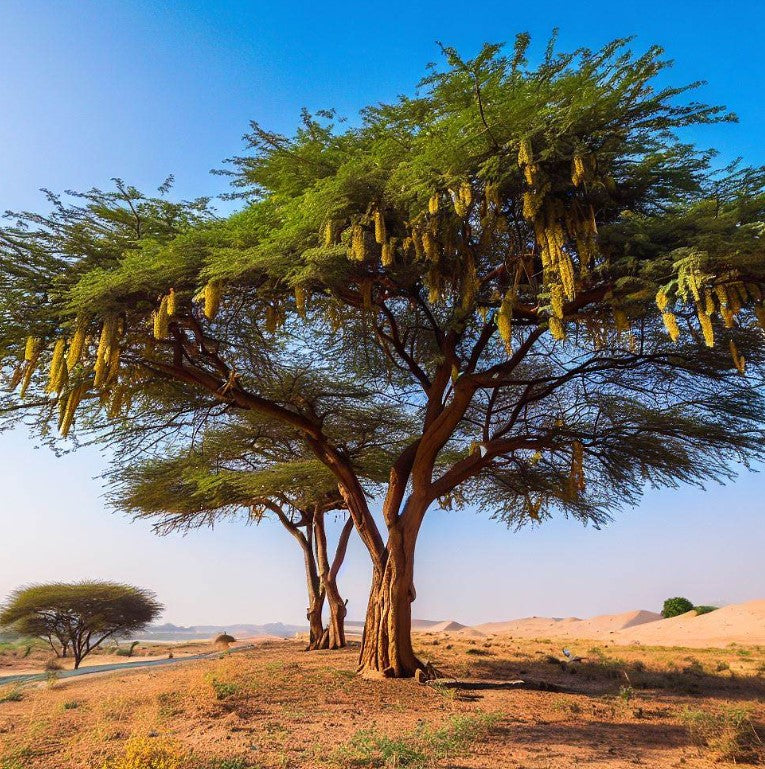
Acacia arabica (Gum Arabic Tree, Babul Tree) is a species of flowering tree in the family Fabaceae. It is native to the Indian subcontinent, including areas of India, Pakistan, and parts of Africa and the Middle East. It is a versatile and valuable tree known for its gum production, medicinal uses, and ecological importance. Its distinct appearance, fragrant flowers, and thorny nature make it a notable species within its native range. Appearance: The gum arabic tree is a small to medium-sized deciduous tree that typically grows up to 5 to 20 meters (16 to 66 feet) in height. It has a spreading and often thorny crown, with a trunk that is rough and grayish-brown in color. Leaves: The leaves of Acacia arabica are bipinnate, meaning they are divided into smaller leaflets. Each leaf consists of several pairs of pinnae (primary leaf
Acacia arabica (Gum Arabic Tree, Babul Tree) is a species of flowering tree in the family Fabaceae. It is native to the Indian subcontinent, including areas of India, Pakistan, and parts of Africa and the Middle East. It is a versatile and valuable tree known for its gum production, medicinal uses, and ecological importance. Its distinct appearance, fragrant flowers, and thorny nature make it a notable species within its native range.Appearance: The gum arabic tree is a small to medium-sized deciduous tree that typically grows up to 5 to 20 meters (16 to 66 feet) in height. It has a spreading and often thorny crown, with a trunk that is rough and grayish-brown in color.Leaves: The leaves of Acacia arabica are bipinnate, meaning they are divided into smaller leaflets. Each leaf consists of several pairs of pinnae (primary leaf branches), and each pinna has numerous small leaflets. The leaflets are small and elongated, with a grayish-green color.Flowers: The tree produces small, fragrant, creamy-yellow flowers in spherical clusters called inflorescences. These clusters are typically 2 to 5 centimeters (0.8 to 2 inches) long and appear during the spring season. The flowers are rich in nectar and attract bees and other pollinators.Fruits: After flowering, Acacia arabica develops elongated, curved pods that are dark brown in color. These pods contain several small seeds and mature during the summer months. They eventually dry out and split open to release the seeds.Gum Arabic: One of the notable characteristics of this tree is its production of gum arabic, a natural gum harvested from the tree's bark. Gum arabic is a hardened sap-like substance that is used in various industries, including food, medicine, and cosmetics. It has adhesive properties and is commonly used as a stabilizer, thickening agent, and emulsifier.Uses: The babul tree has multiple uses and is considered valuable in traditional medicine and Ayurveda. Various parts of the tree, including the bark, leaves, and gum, are used for their medicinal properties. The wood of Acacia arabica is hard and durable, making it suitable for construction, furniture, and fuelwood.Ecological Importance: The gum arabic tree is ecologically significant as it provides shade, contributes to soil fertility, and acts as a valuable source of food and habitat for wildlife. It has nitrogen-fixing properties, which means it can convert atmospheric nitrogen into a form usable by plants.
Acacia arabica (Gum Arabic Tree, Babul Tree) is a species of flowering tree in the family Fabaceae. It is native to the Indian subcontinent, including areas of India, Pakistan, and parts of Africa and the Middle East. It is a versatile and valuable tree known for its gum production, medicinal uses, and ecological importance. Its distinct appearance, fragrant flowers, and thorny nature make it a notable species within its native range.Appearance: The gum arabic tree is a small to medium-sized deciduous tree that typically grows up to 5 to 20 meters (16 to 66 feet) in height. It has a spreading and often thorny crown, with a trunk that is rough and grayish-brown in color.Leaves: The leaves of Acacia arabica are bipinnate, meaning they are divided into smaller leaflets. Each leaf consists of several pairs of pinnae (primary leaf branches), and each pinna has numerous small leaflets. The leaflets are small and elongated, with a grayish-green color.Flowers: The tree produces small, fragrant, creamy-yellow flowers in spherical clusters called inflorescences. These clusters are typically 2 to 5 centimeters (0.8 to 2 inches) long and appear during the spring season. The flowers are rich in nectar and attract bees and other pollinators.Fruits: After flowering, Acacia arabica develops elongated, curved pods that are dark brown in color. These pods contain several small seeds and mature during the summer months. They eventually dry out and split open to release the seeds.Gum Arabic: One of the notable characteristics of this tree is its production of gum arabic, a natural gum harvested from the tree's bark. Gum arabic is a hardened sap-like substance that is used in various industries, including food, medicine, and cosmetics. It has adhesive properties and is commonly used as a stabilizer, thickening agent, and emulsifier.Uses: The babul tree has multiple uses and is considered valuable in traditional medicine and Ayurveda. Various parts of the tree, including the bark, leaves, and gum, are used for their medicinal properties. The wood of Acacia arabica is hard and durable, making it suitable for construction, furniture, and fuelwood.Ecological Importance: The gum arabic tree is ecologically significant as it provides shade, contributes to soil fertility, and acts as a valuable source of food and habitat for wildlife. It has nitrogen-fixing properties, which means it can convert atmospheric nitrogen into a form usable by plants.

Acacia Senegal Gum Arabic Tree 50 Seeds

Medicinal Plants: Acacia Nilotica Nalla Thumma Babool, 46% OFF
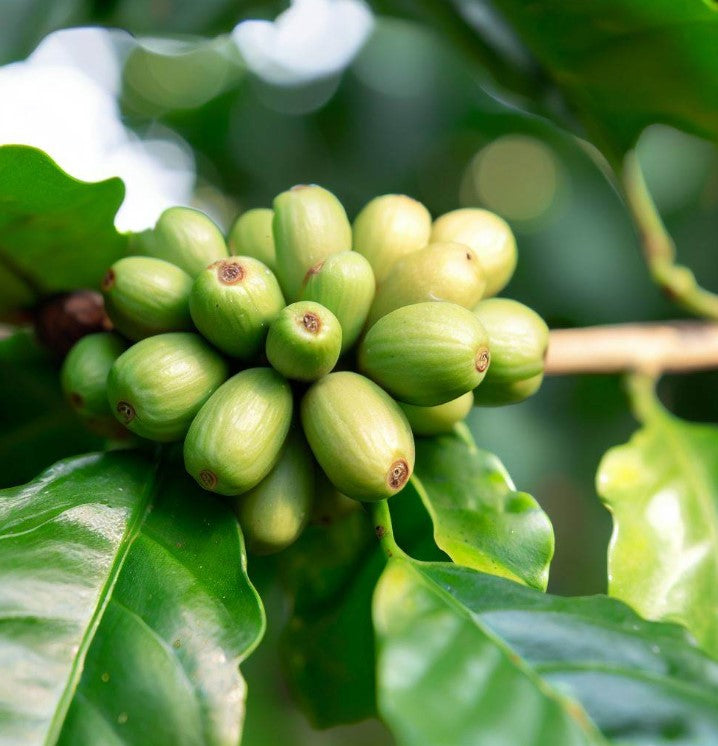
Coffea arabica (Arabian Coffee, Coffee Tree) – MySeedsCo

Medicinal Plants: Acacia Nilotica Nalla Thumma Babool, 46% OFF
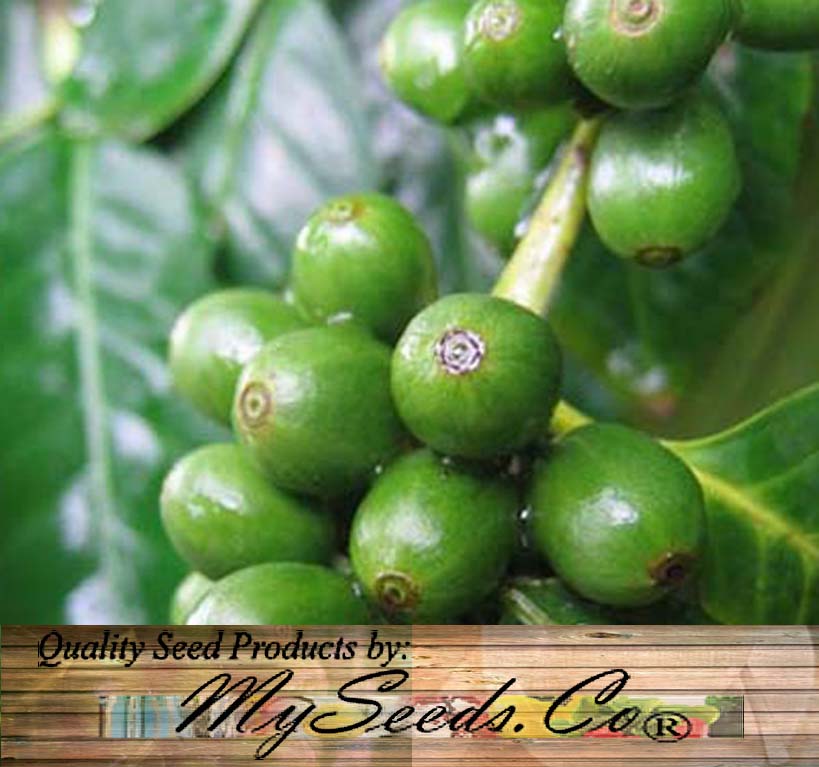
Coffea arabica (Arabian Coffee, Coffee Tree) – MySeedsCo

Medicinal Plants: Acacia Nilotica Nalla Thumma Babool, 46% OFF
is a small to medium-sized deciduous tree native to the dry regions of Sub-Saharan Africa, including countries like Sudan, Senegal, Mali, Chad,

Acacia senegal (Gum Arabic, Gum Arabic Tree)

Gum Arabic Tree Acacia nilotica 20 Seeds – R&B Floridaseeds

Tropical Red Acacia Flower Elena Levkovskaya Flickr, 49% OFF
Family: Legume (Fabaceae), Hardy to Zones 10 to 12, (Vachellia, Acacia nilotica) Native to Arabia, growing to 30 feet tall. Source of gum arabic,
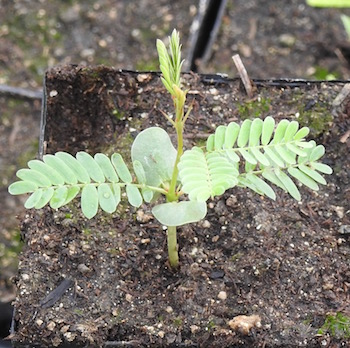
Acacia, Gum Arabic Tree (Acacia arabica) seeds

Acacia senegal Gum Arabic Tree 200 seeds
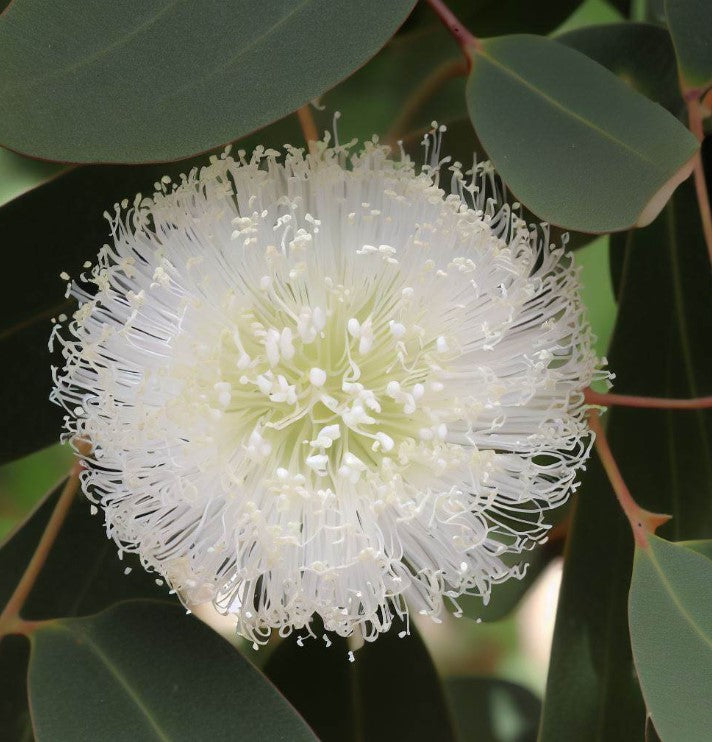
Eucalyptus grandis (Rose Gum, Flooded Gum, Grand Eucalyptus

Gum arabic tree hi-res stock photography and images - Alamy

Tropical Red Acacia Flower Elena Levkovskaya Flickr, 49% OFF
is a striking tree native to southern Africa, particularly found in arid and semi-arid regions. Appearance: This species is a large, deciduous

Acacia erioloba (Camel Thorn, Camelthorn, Giraffe Thorn, Kameeldoring, Mokala)
Recommended for you
-
 Best Gum Arabic Mediums for Watercolors for Precision –04 Jun 2024
Best Gum Arabic Mediums for Watercolors for Precision –04 Jun 2024 -
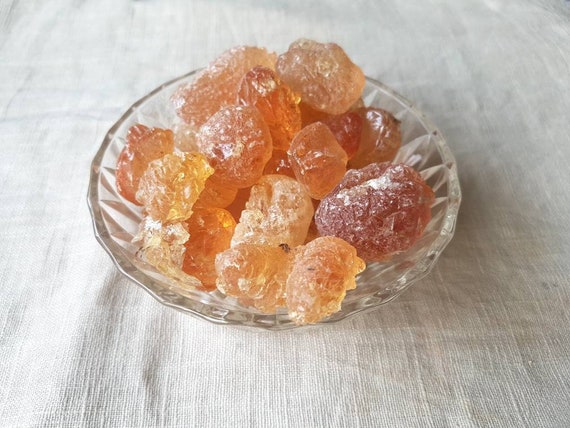 Kordofan Gum Arabic Lumps04 Jun 2024
Kordofan Gum Arabic Lumps04 Jun 2024 -
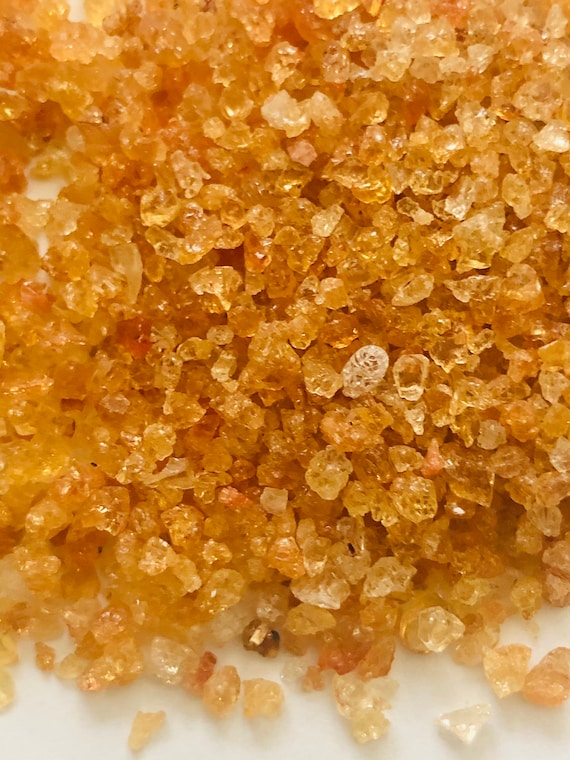 Natural Pure Edible Gum Arabic Resin arabic Gum Acacia Gum Painting Raw Material Best Quality04 Jun 2024
Natural Pure Edible Gum Arabic Resin arabic Gum Acacia Gum Painting Raw Material Best Quality04 Jun 2024 -
 Natural Arabic Chewing Gum 3g× 48pcs Without sugar & additives علكة عربية04 Jun 2024
Natural Arabic Chewing Gum 3g× 48pcs Without sugar & additives علكة عربية04 Jun 2024 -
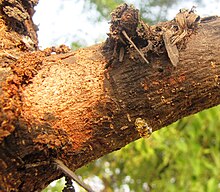 Gum arabic - Wikipedia04 Jun 2024
Gum arabic - Wikipedia04 Jun 2024 -
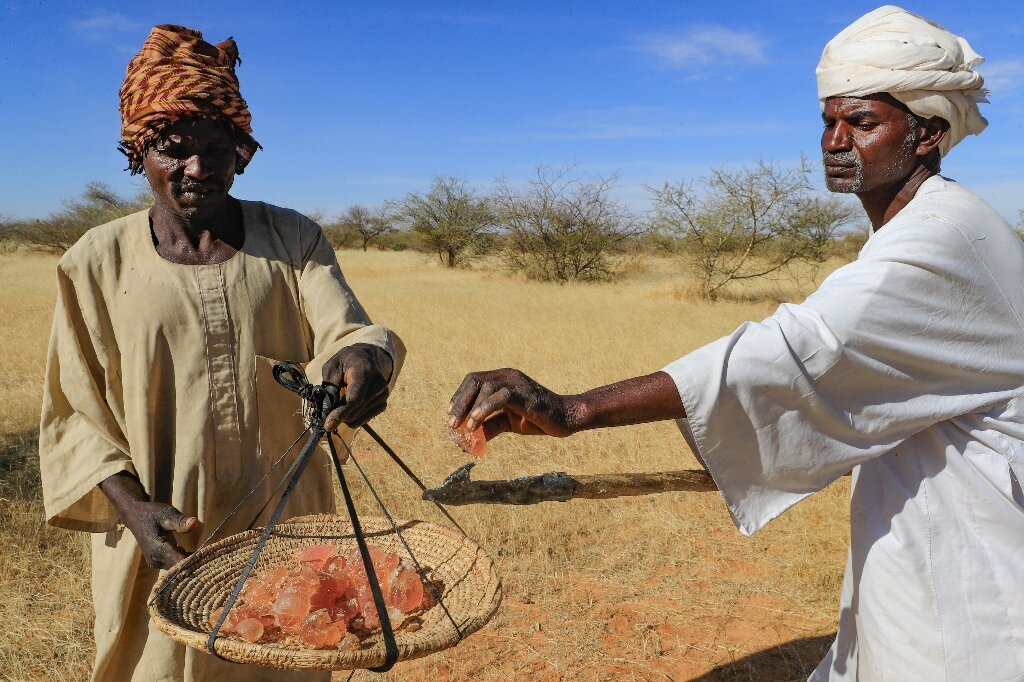 Sudan's prized gum trees ward off drought but workers wither04 Jun 2024
Sudan's prized gum trees ward off drought but workers wither04 Jun 2024 -
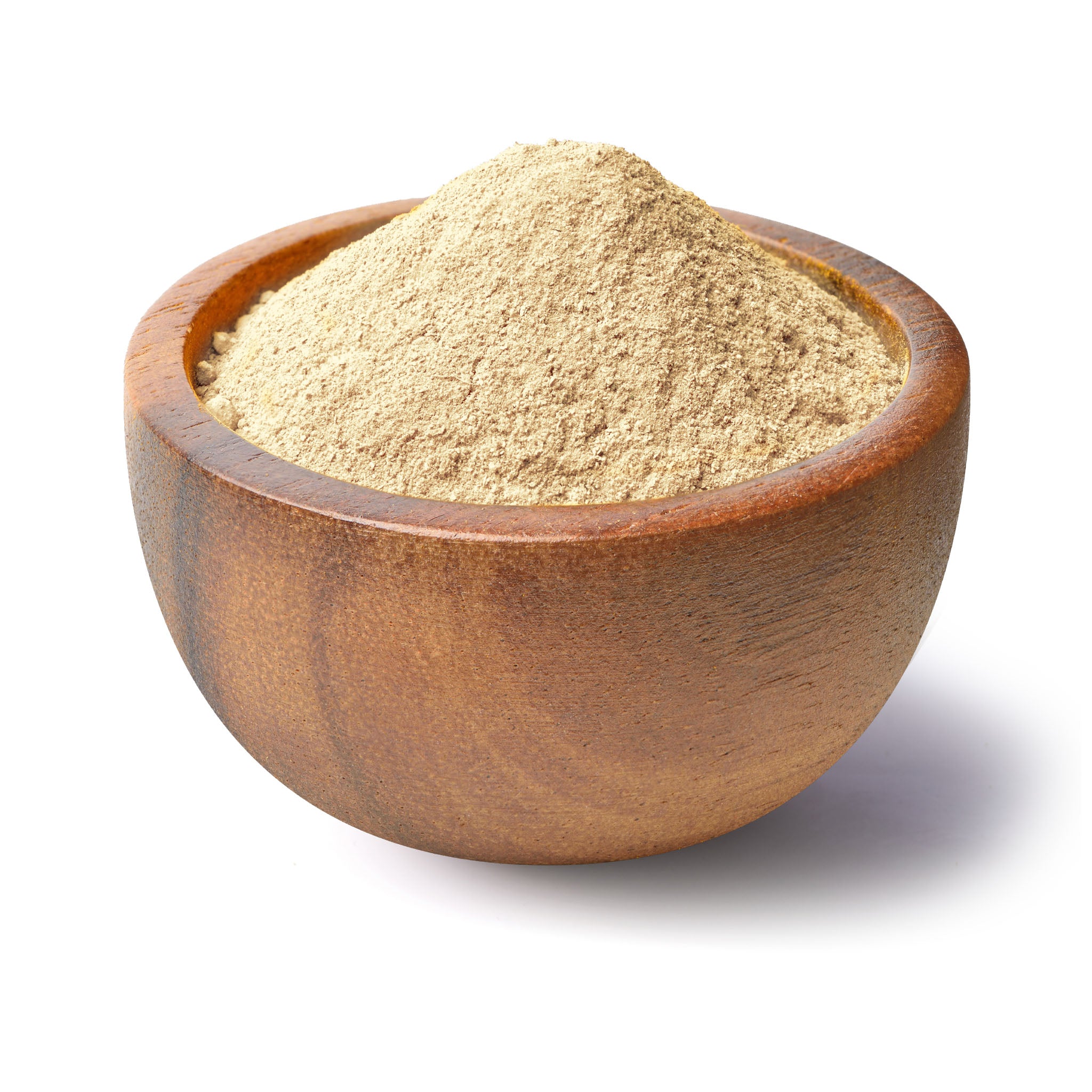 Organic Acacia Fiber, Gum Arabic | Plant-Based | I Love Me Attitude04 Jun 2024
Organic Acacia Fiber, Gum Arabic | Plant-Based | I Love Me Attitude04 Jun 2024 -
 Gum Arabic Earth Pigments04 Jun 2024
Gum Arabic Earth Pigments04 Jun 2024 -
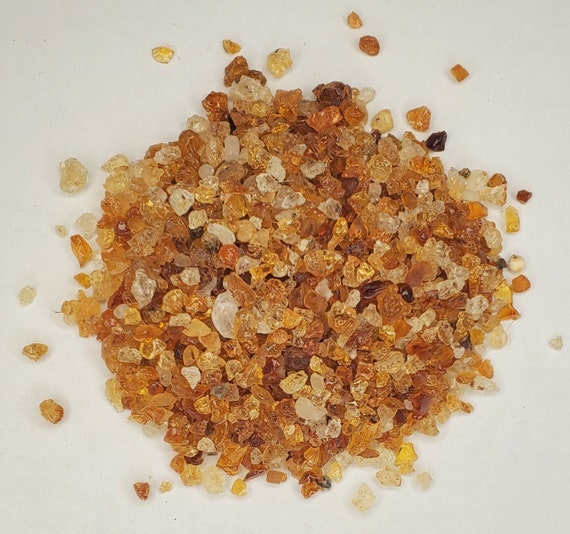 Acacia Gum | Arabic Gum | Resin Crystal | Food grade | Organic | Dried Herbs04 Jun 2024
Acacia Gum | Arabic Gum | Resin Crystal | Food grade | Organic | Dried Herbs04 Jun 2024 -
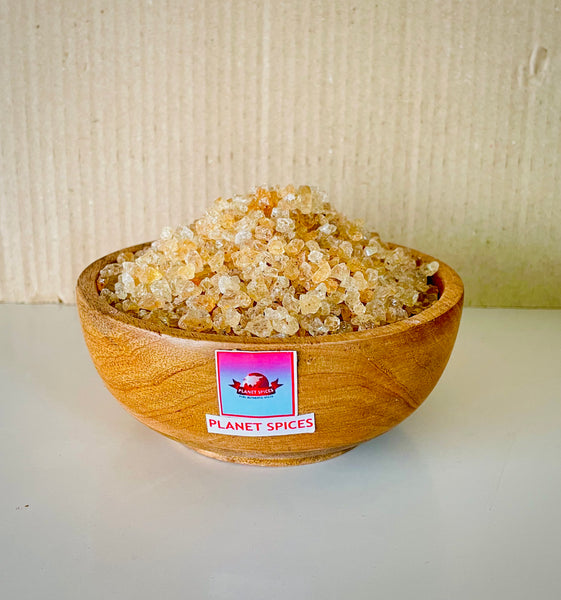 Gum Arabic04 Jun 2024
Gum Arabic04 Jun 2024
You may also like
-
 100 ml Pros-aide body glue adhesive for glitter tattoo prosthetic FX PAX04 Jun 2024
100 ml Pros-aide body glue adhesive for glitter tattoo prosthetic FX PAX04 Jun 2024 -
What do you use to lay your wig ? Ebin spray, Fantasia spritz, lace academy melting spray and my SBT melt band ✌🏾 #birminghmhairdresser, By Styled By Tshikaaa04 Jun 2024
-
 Silicone Glasses Tray With Resin Casting Mold, Epoxy Water Mould04 Jun 2024
Silicone Glasses Tray With Resin Casting Mold, Epoxy Water Mould04 Jun 2024 -
 12 Pack: Strathmore® 300 Series Wired Drawing Paper Pad, 50 Sheets04 Jun 2024
12 Pack: Strathmore® 300 Series Wired Drawing Paper Pad, 50 Sheets04 Jun 2024 -
 Baby Lock Serger Extension Table - Moore's Sewing04 Jun 2024
Baby Lock Serger Extension Table - Moore's Sewing04 Jun 2024 -
 Progene Testosterone Test Kit04 Jun 2024
Progene Testosterone Test Kit04 Jun 2024 -
 Overlook Bay:Strawberry Cow, Overlook Bay Wiki04 Jun 2024
Overlook Bay:Strawberry Cow, Overlook Bay Wiki04 Jun 2024 -
 Sargent Art Polymer Baking Clay, Black04 Jun 2024
Sargent Art Polymer Baking Clay, Black04 Jun 2024 -
 Mixoo Artist Gloves for Drawing Tablet 2 Pack - Palm Rejection Drawing Gloves with Two Fingers for Paper Sketching, iPad, Graphics Painting, Good for Left and Right Hand (L) : Arts04 Jun 2024
Mixoo Artist Gloves for Drawing Tablet 2 Pack - Palm Rejection Drawing Gloves with Two Fingers for Paper Sketching, iPad, Graphics Painting, Good for Left and Right Hand (L) : Arts04 Jun 2024 -
 Exel International Insulin Syringes:First Aid and Medical:Patient04 Jun 2024
Exel International Insulin Syringes:First Aid and Medical:Patient04 Jun 2024
